Fast Bowling Variations: Reverse Swing, Slower Balls and more
Bowling is a dynamic art, where every ball is an event. It may be remembered as where the batsman hits a towering six or a magical delivery, like a superb in-swinging delivery that no batsman would ever have the chance to play. It’s up to the bowler’s calibre as to which side he ends up being. That’s the reason you should always keep yourself prepared for all kinds of situations and be ready to dominate the nowadays batsman-suited game.
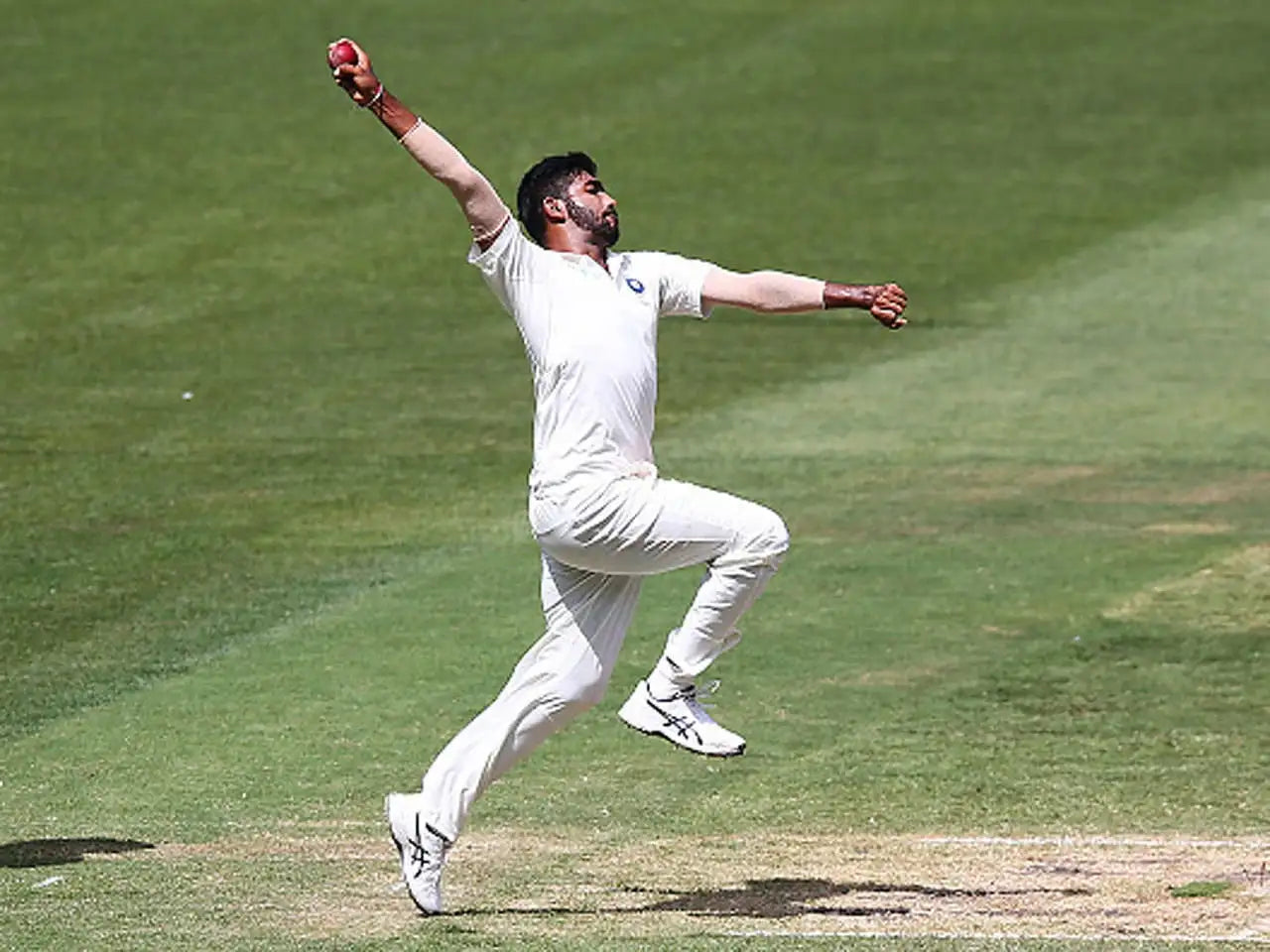
Credit: KreedOn
Fast bowlers are physical specimens who relentlessly work hard for their team’s success, be it bowling 15-20 overs on the trot in a Test match or gearing up for a super high-pressure final over of a tournament final. Due to the changing dynamism of the sport, it has become easier for batsmen to score runs in any conditions, be it against the new ball at the start of a test match or chasing down 20 runs off of the final over of a crunch T20 match. But, in any such situation, it’s their skill as a bowler and their temperament that wins the match for the bowling team. It’s necessary for all fast bowlers to have all the firepower in their fast bowling technique to dominate the game in every situation and always come out on top. So let’s learn some variations for pacers and seamers created by ZAP, with the help of our experts, who will help you to take your skills to the next level.
It's always recommended to practice with the best equipment, which not only helps increase your efficiency but also keeps your confidence always on top, with the help and support they provide. ZAP has the best collection of leather and tennis balls with which you can practice your fast bowling variations to become the best bowler in the world.
Fast Bowling Variations:
Imagine you’re a fast bowler in a crunch match situation and facing the best batsman in the world, Virat Kohli. What do you do? How do you get him out?
Right, you try all the fast bowling variations that you have in your arsenal. Be it the change of pace by using a slower ball, a change of line and length by hitting a surprise bouncer, or trying to reverse swing an old leather ball and bowl an unplayable delivery, you try to do everything. But before trying any of these on the field, understand and learn about them here:
Swing Bowling Variations:
Swing is King; that’s a very popular phrase in cricket that puts emphasis on how important swing is for a bowler’s success. Bowling with the new ball and having the ability to swing the ball in both directions, towards or away from the batsman, is the ultimate fast-bowling variation a fast bowler can have. There are three types of swing bowling in cricket: Outswing, Inswing and Reverse swing.
You can read about Inswing and Outswing in our Fast Bowling Variations article.
Reverse Swing:

Credit: BBC News
In cricket, swinging the ball becomes harder as it gets older and loses its shape. But after 35-40 overs, something magical happens - the ball starts to swing in the opposite direction! This is called reverse swing, and it can be a bowler's secret weapon.
Reverse swing is trickier to master than normal swing, but it can be devastating in the right hands. A normal swing delivery moves in the air just as it gets released from the hands of the fast bowler, but a reverse swinging one swirls in the air when it reaches very close to that batsman, making it tough for the batter to spot. It is very easy for the batter to make a mistake and the ball might hit the batting pads, get the batter out LBW, or take the edge of the cricket bat and get caught behind. Wasim Akram and Waqar Younis of Pakistan were experts at this art, and India's Zaheer Khan was no slouch either.
How to bowl a reverse swing?
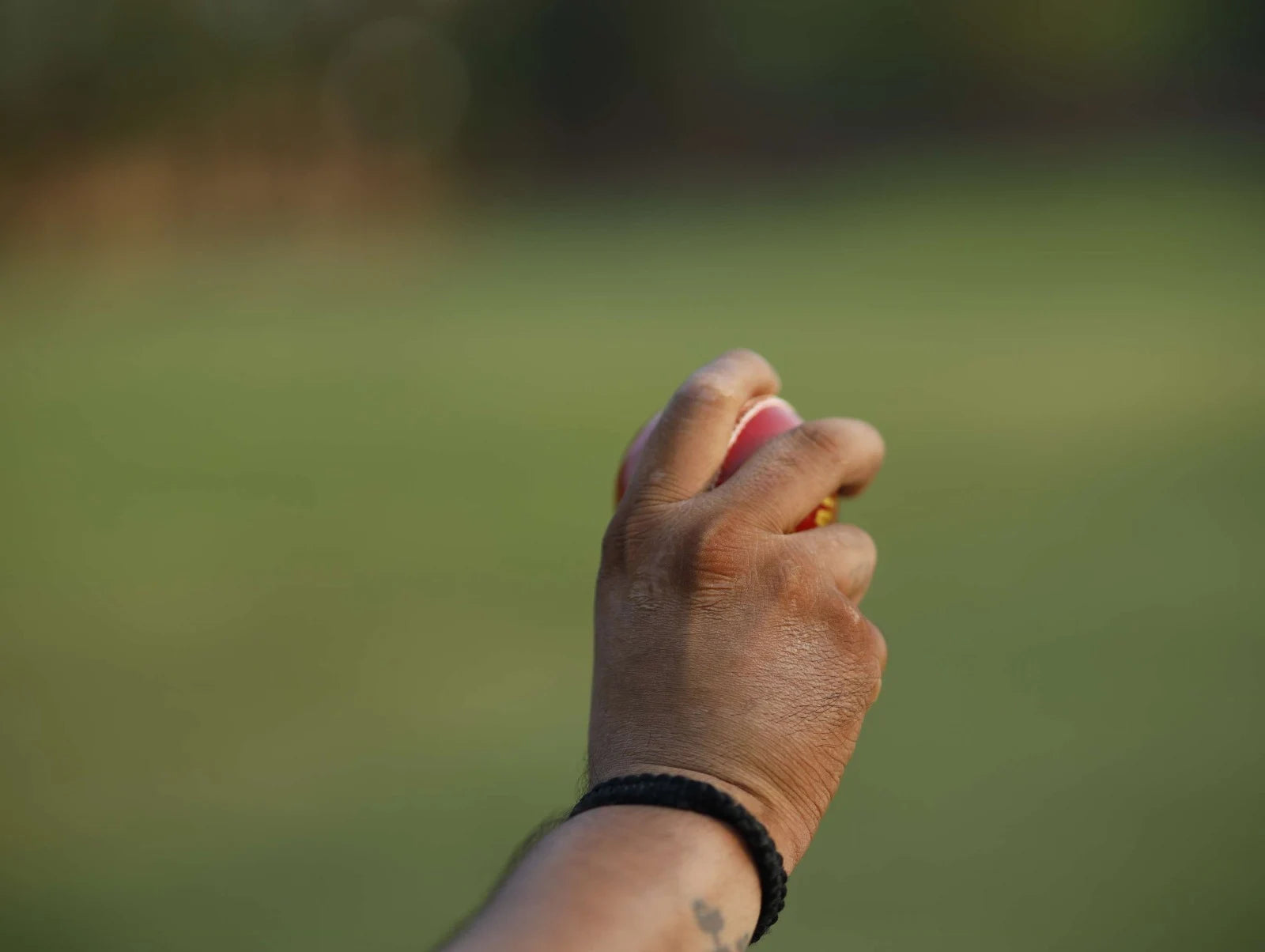
- You can only start bowling a reverse swing delivery after the leather ball is about 30-35 overs old.
- That’s the reason you see fast bowlers trying to rub the ball and make it shine in the latter overs of an ODI innings and after 30-40 overs in Test Matches.
- Polish one side of the ball throughout the match while letting the other side develop wear and tear.
- Hold the ball with the seams pointing toward the slips fielding position.
- Point the rough side of the ball toward the batsman to make the ball swing towards the batsman, or alternatively, point the shiny side towards the batsman to make the ball swing away from them.
- Keep your wrist at a 20-30-degree angle toward the batsmen and keep it steady as you begin to bowl.
- Bowl the ball over 80 mph (130 km/h) for the reverse swing to work.
- Follow through completely with your throwing arm so it ends on the opposite side of your body.
Length Variations:
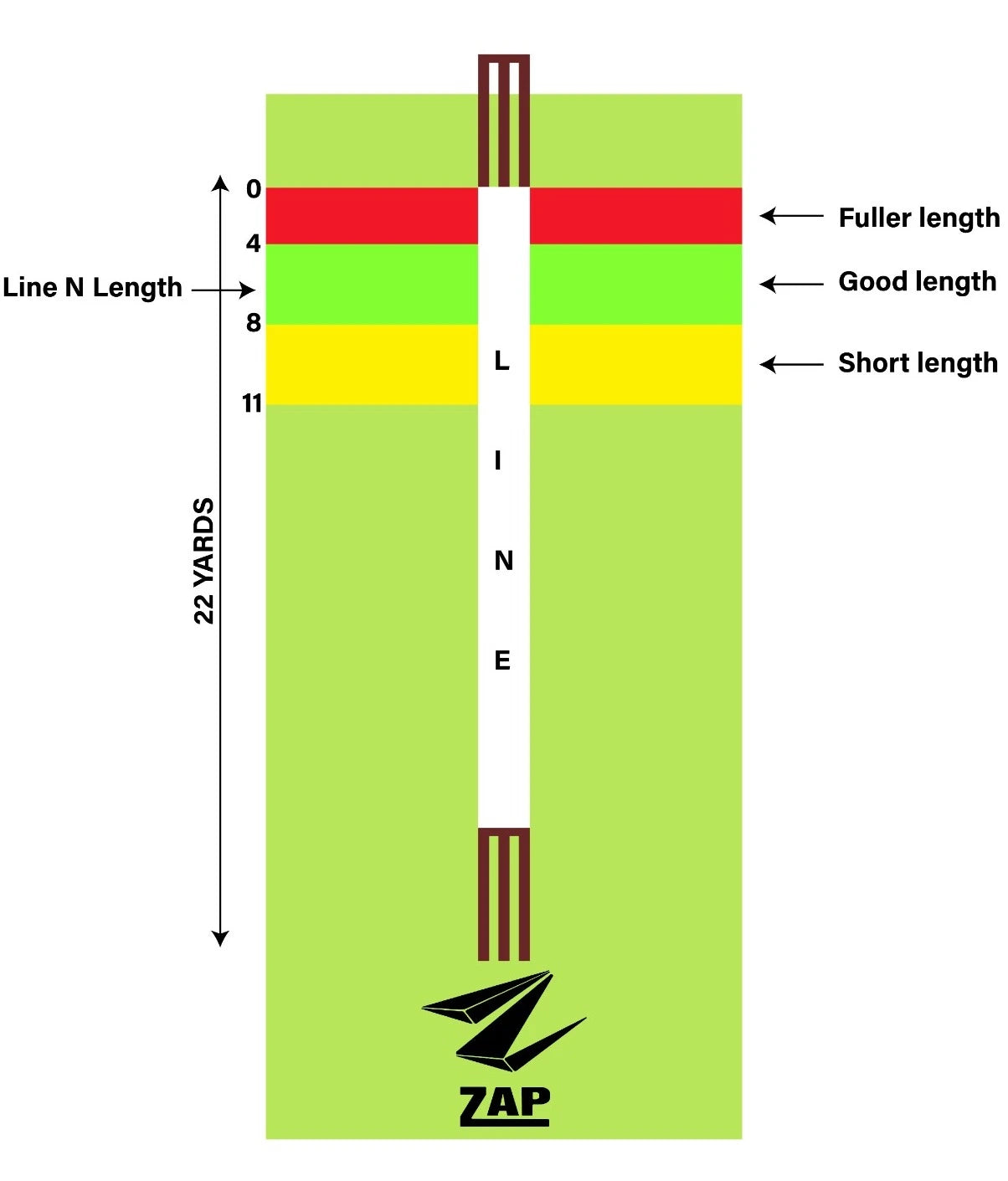
Line and length are very important components of Fast bowling. A fast bowler should always have the precision, the skills, and the control to bowl accurately at the perfect line and length according to the strategy. Every ball in cricket is backed by a strategy with a well-planned fielding setup for each type of delivery, like different for powerplay, death overs and other situations.
Bouncers:
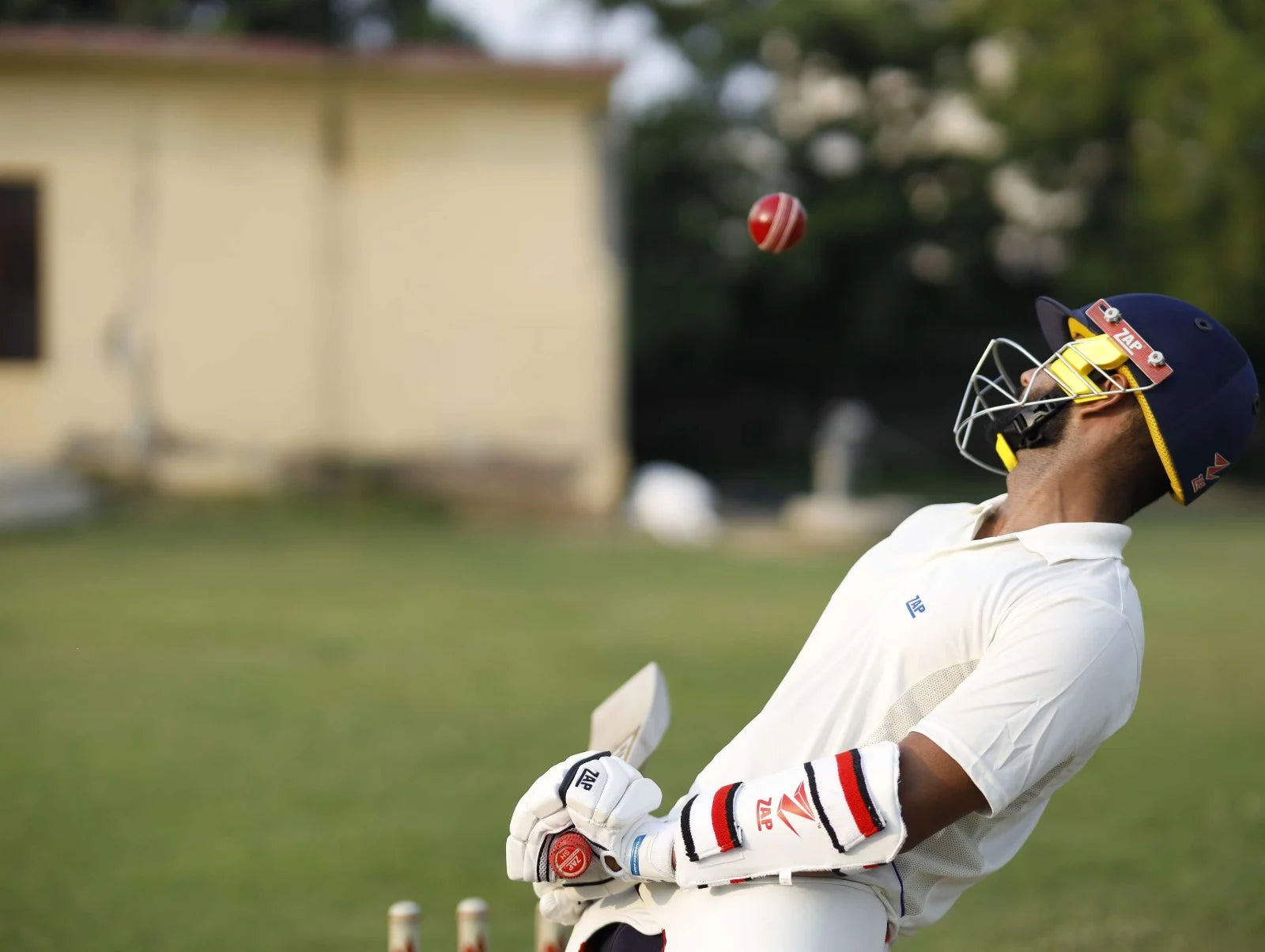
- One delivery in the fast-paced game of cricket stands out as a representation of aggression and intimidation: the bouncer. This short-pitched ball, aimed at the batter’s helmet or upper torso, has the potential to take the top edge of the batsman's bat and fly straight up in the air, where the keeper's gloves or other fielder can get the batsman caught out. But it comes with a risk too; the ball can fly over the keeper's head for a boundary, and there's no chance for any fielder to stop the ball.
- Malcolm Marshal, Curtly Ambrose, Andy Roberts, Shoaib Akhtar, Mitchell Johnson, and Brett Lee immediately spring to mind when discussing the art of bowling the bouncer. With their scorching deliveries, these top fast bowlers permanently changed the game for bowlers and instilled fear in the hearts of batters all around the world.
- Having a reputation for being deadly, the bouncer's regulations have changed over time. Currently, a bowler is only permitted to use one bouncer every over in Twenty20 matches and two per over in One Day Internationals.
But, if you're a batter and want to counter bowlers bowling short pitched deliveries, you need to learn how to play the pull shot and hook shot very well.
Yorkers:
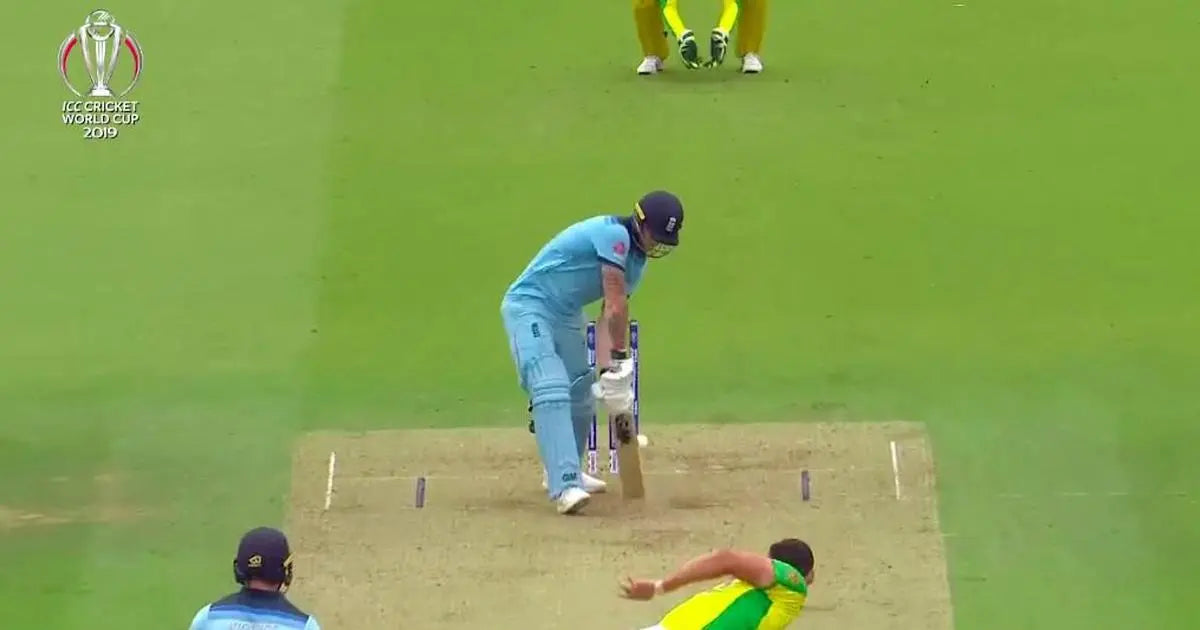
Credit: Scroll.in
Yorkers are the ultimate weapon in the death overs. They block the batsmen from playing any kind of shots. Also, they are usually aimed at the stumps or the legs, which usually make them the most difficult balls for the batsmen to hit. And if they miss it, it’s game over for them, with the ball straight hitting the stumps. But if they're Dhoni, he can just play the Helicopter Shot and send the ball flying.
How to bowl a yorker?
- Hold the ball like a fastball with your index and middle fingers on either side of the middle seam and your thumb on the same side as your pointer finger.
- Relax, take a few breaths and envision yourself completing the perfect yorker to help with accuracy.
- Adjust your run-up pace to find the perfect speed for your yorker.
- Accuracy is key, so don't be afraid to stick with your normal bowling speed.
- Drive with your shoulder to improve the speed and fullness of your delivery.
- Aim to land the ball close to the batsman's feet to make it harder for them to hit. Focus on a specific point, like the crease line or the batsman's toes and remove any distractions from your head.
- Make sure you're well-balanced at the moment of release for maximum accuracy.
Change of Pace - Slower Balls:
Changing the pace at which you bowl can easily surprise the batsman and catch them off guard, and it has become an integral fast-bowling variation that the bowling teams use in T20 and ODI cricket matches. If the batsman is not ready for this change in pace, he is going to play a bad or a mistimed cricket shot more often than not. The Fielding team can benefit from this mistake by the batsman and get his wicket. There are many ways you can change the pace of the ball. You could make use of the back of the hand delivery. You can bowl cutters and make a ball spin while taking a long run-up, or you can bowl the knuckle ball, which is an interesting way to deceive the batsmen.
Back Of The Hand Slower Balls:
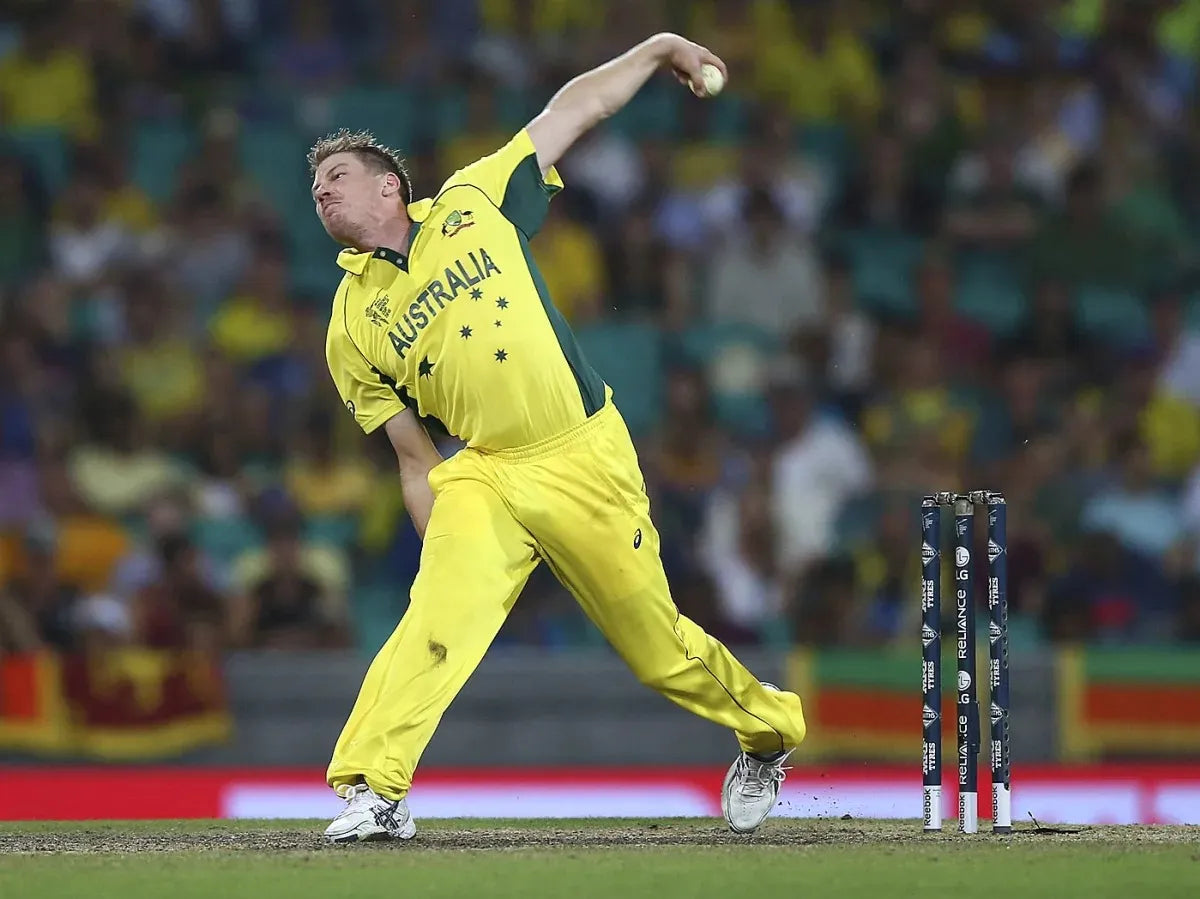
Credit: ESPNcricinfo
Out of all the slower balls, the back-of-the-hand fast bowling variation is quite a challenge but also highly effective. Even the pros use the back of the handball to give the batsmen a hard time. It requires you to put hours and hours of practice to master it, but the results it can get you are miraculous.
How to bowl Back of the Hand fast bowling variation?
- Hold the ball with a regular fast bowling grip with your index and middle fingers on either side of the seam.
- Run up to the crease like you normally would.
- As you bring your arm over to bowl, twist it around so that your hand is facing the batsman with the back of your hand visible.
- Flick your wrist forward when releasing the ball so that it pops out of the back of your hand.
- Practice, practice, practice! It may take some time to get the hang of it, but keep practicing and you'll improve.
The Off Cutters:
An off-cutter fast bowling variation is similar to an off-spin delivery, where the ball bowled by a right-arm bowler comes in towards the right-hand batsman, and the same happens for the left-arm bowlers and batsman. It is an easy and effective way of reducing the pace of the ball and deceiving the batsman.

Credit: Sports Muntra
How to bowl an off-cutter?
- Hold the ball with your index finger on the seam and your middle finger on the right-hand side.
- Take your regular run up and gather the momentum.
- As you bring your arm over to bowl, rotate your fingers down the right side of the ball to impart spin and cut the delivery towards the batsman.
- Bowl it at the right point on the pitch, preferably in the good length area and see the ball turn and deceive the batsman.
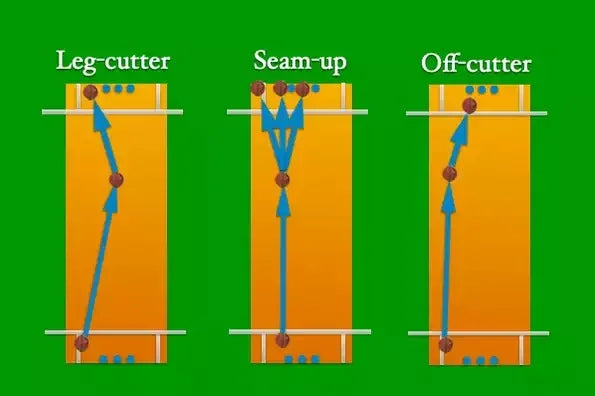
Credit: Cricbuzz
The Leg Cutters:
The opposite of an off-cutter is a leg-cutter, which is an interesting fast-bowling variation. You have to spin the ball in the opposite direction to the off-cutters. Although it is more difficult to throw than the off-cutter, some bowlers may find it more effective. Try it out and see whether it functions for you.
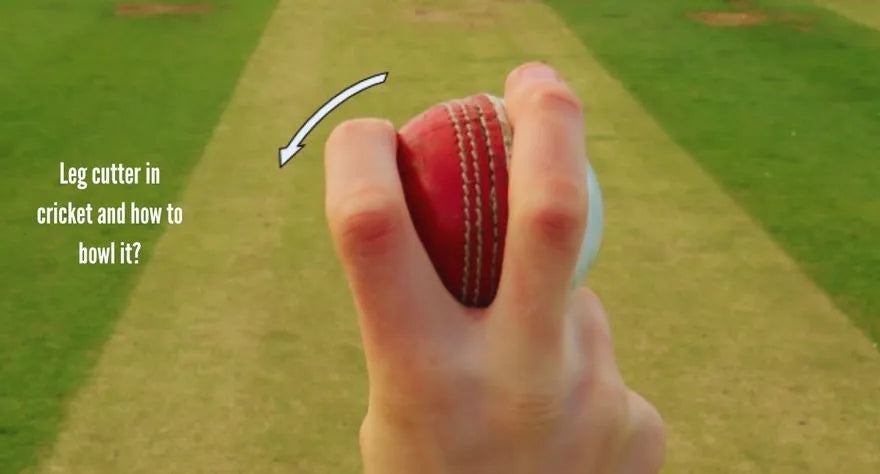
Credit: Chase Your Sport
How do you bowl the leg cutter bowling variation?
- Hold the ball with your middle finger on top of the seam, the index finger on the left side for right-hand bowlers, and the index finger on the right side of the seam for left-arm bowlers.
- Approach the crease like you normally would.
- Run your middle finger down to the side of your index finger and impart spin to it.
- Complete your bowling action with the follow-through and see the batsman tantalized with the ball turning away from them.

Credit: X
Learn More: Spin Bowling Techniques
The Knuckle Ball:
The knuckle ball is an interesting slower bowling variation that has recently taken over all of the death over bowling in the t20 era. You use an unorthodox bowling grip while bowling a knuckleball.
Here’s how to bowl the Knuckle Ball:

- To bowl this variation, hold the ball with your fingernails against it instead of gripping it hard.
- Run up to the crease just as you usually would.
- When you release the delivery, you'll notice it feels looser in your hand than when you hold it with your fingers. That's what makes your delivery go slower.
- It's hard to hold the leather in the knuckle grip while running. So, some bowlers switch to that grip just before bowling, which can fool the batsman.
Most people believe that this style of delivery can also result in other things happening in the air. Zaheer Khan of India developed the knuckleball, and because it had almost no revolutions when it left the palm, it appeared to 'dip' very quickly. When regular deliveries are bowled, the ball receives backward revolutions that provide an upward force that defies gravity; when these revolutions are absent, occurrences like these can happen!
FAQ:
Q - How can I increase my bowling speed?
To increase your bowling speed, focus on strength and conditioning exercises, work on your run-up, and ensure a proper bowling action. Seek guidance from a coach to refine your technique.
Q - How can I disguise slower balls effectively?
Disguising slower balls involves keeping your wrist position and seam orientation consistent with your normal deliveries. Practice is key, as it helps you maintain control and prevent the batsman from picking up the variation early.
Q - How do I maintain the condition of the ball for reverse swing?
To maintain the condition of the ball for reverse swing, refrain from shining one side excessively and focus on keeping the other side rough. Regularly check the condition of the ball and work with your team to ensure proper maintenance.
Now that you have learnt about Fast Bowling Variations, here are some more articles we recommend you to read to take your game to the next level:
Cricket Batting Techniques | Wicket Keeping Tips and Techniques | Cricket Fielding Techniques | Cricket Exercises and Workouts | Cricket Injuries




Leave a comment